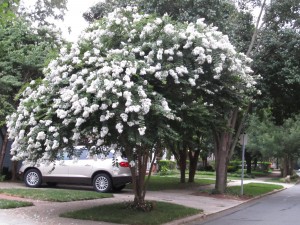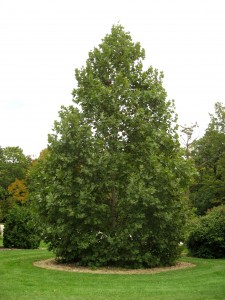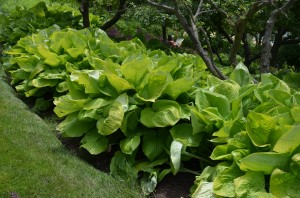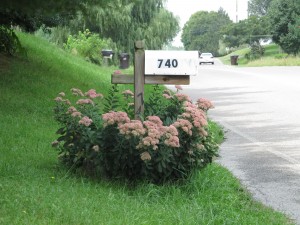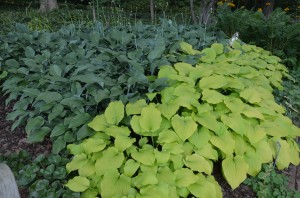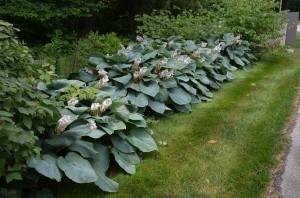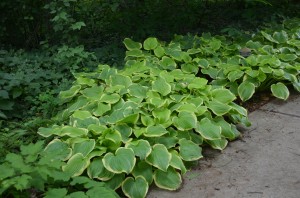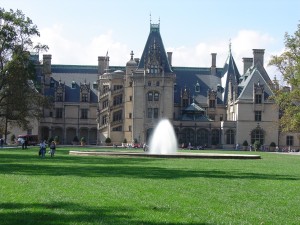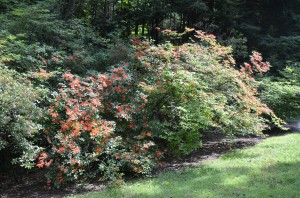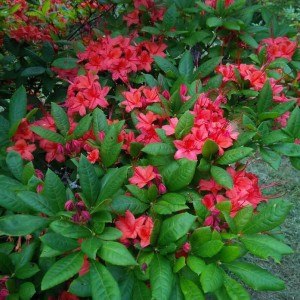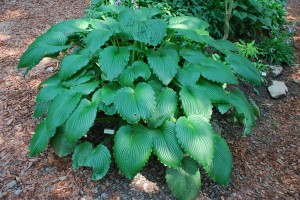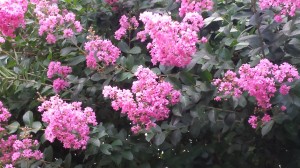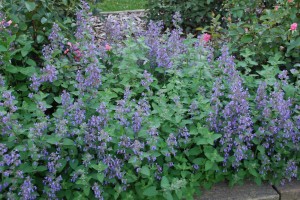Late summer (September 1st) is your deadline to plant crape myrtles (Lagerstroemia spp.) in USDA hardiness zone 6. Your primary objective should be to grow deep plant roots. Crape myrtles are classified as perennials in northerly areas of zone 6. In many years their woody branches die back after a cruel cold winter. The hardy rootsystem recovers and the shrub will bloom later in thee summer.
Fall planting, particularly in northerly U.S. areas (zone 6 and cold zone 7), is often a mistake. Plant in full sun, in well-drained slightly acidic soil, and add 2-3 inches of an organic mulch. Crapemyrtles grow vigorously and flower best where summers are warm; they bloom poorly where summer temperatures are cool or where full day sunlight is lacking.
Purchase hybrid crape myrtles introduced by the U.S. National Arboretum (USNA). Most cultivars are hybrids of L. indica and L. fauriei . USNA cultivars are named after Indian tribes. Those with L. fauriei bloodline are hardier than L. indica alone.
In northerly areas avoid excessive watering, pruning, and fertilizing in the fall; these practices force new growth that does not adequately harden off and likely will be injured over winter. Two-year established crapemyrtles survive harsh winters better than first year plants because of their thicker trunk diameter and lesser tendency to grow luxuriantly in late summer.
Never fertilize newly planted crape myrtles in late summer or fall. In early spring apply a slow release fertilizer such as Osmocote™ or Nutricote™ to all crape myrtles, newly planted or not, according to recommended package directions.
In the fall garden centers sell crape myrtles at hugely discounted prices to reduce inventories. Consider Labor Day as the cutoff planting date for planting crapemyrtles.

